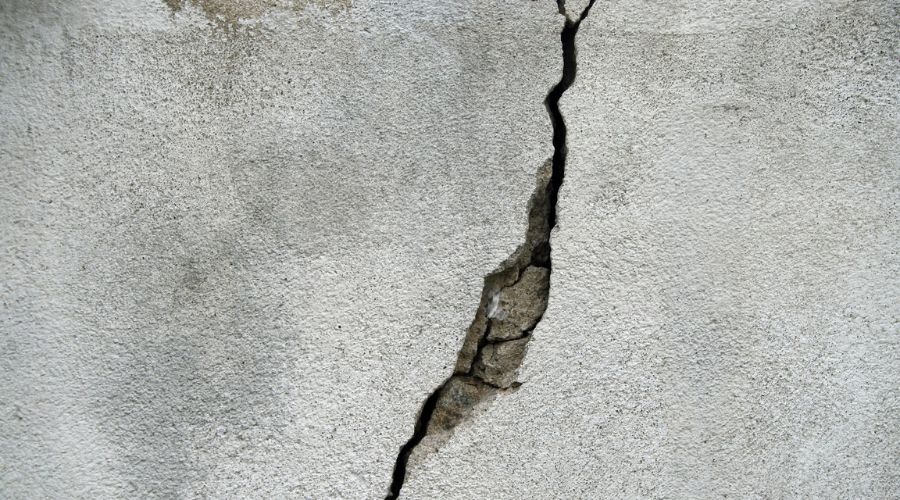Urgent checks are being done to 600 schools in England which may be at risk of collapse due to outmoded building materials, a watchdog found.

The Department for Education (DfE) has identified 572 schools where reinforced autoclaved aerated concrete (RAAC) may be present having been used during construction, reported the National Audit Office (NAO).
It added the DfE has assessed the risk of injury or death from a school building collapse as being ‘critical and very likely’ since 2021.
RAAC was a lightweight building material used to construct public buildings like schools and hospitals between the 1950s and mid-1990s.
However, the absence of coarse aggregate – present in ‘traditional’ reinforced concrete – means RAAC has a limited lifespan, after which it deteriorates rapidly, having usually developed air pockets inside.
RAAC has been confirmed in 65 schools following 196 specialist surveys, of which 24 require emergency action.
Some 13,800 “system-built” education blocks were also found to contain asbestos, of which 3,600 may be more susceptible to deterioration owing to the presence of RAAC.
The DfE said where RAAC is present it will provide funding to ensure it does not pose an immediate risk.
The DfE is still trying to find out exactly where RAAC was used in its school estate, “but does not currently have the information required to fully manage potential risks” – meaning the number of affected schools could increase.
It follows plans to rebuild five major hospitals after being found to pose a risk to the public having also been constructed using RAAC.
The report also found more than a third (24,000) of English school buildings are now past their estimated initial design life. And while they are not necessarily redundant, they are still generally expensive to maintain and have poorer energy efficiency.
The scope of the findings potentially impacts in the region of 700,000 children in England.
“In recent years, there has been a significant funding shortfall contributing to deterioration across the school estate,” wrote the NAO.
It said the DfE is progressing “slower than initially expected” in awarding contracts to rebuild 500 schools over a 10-year programme, with HM Treasury allocating DfE billions short of what it needs.
The UK Government aims to reduce direct emissions from public sector buildings by 75% by 2037. DfE is responsible for 37% of those emissions, but has failed to set a target to reduce them and its current schemes will not bring it close to achieving a 75% reduction, NAO found.
“At present, 700,000 pupils are learning in schools requiring major rebuilding or refurbishment,” said Gareth Davies, head of the NAO. “DfE has, since 2021, assessed the risk of school building failure or collapse as critical and very likely, but it has not been able to reduce this risk. More widely, it has an ambitious strategy for decarbonising the education estate but no plan for how it will achieve this or how much it is likely to cost.
“DfE is gathering some of the data it needs to effectively target its resources. It must now use this to improve its understanding of where schools are most at risk so it can balance addressing the most urgent risks while investing enough in maintenance, reducing carbon emissions, and climate change adaptation measures to achieve its objectives and secure longer-term value for money.”
A Department for Education spokesperson said: “Nothing is more important than the safety of pupils and teachers which is why we have been significantly investing in transforming schools up and down the country .
“We are investing in 500 projects for new and refurbished school buildings through our School Rebuilding Programme. On top of this, we have allocated over £15 billion since 2015 for keeping schools safe and operational, including £1.8 billion committed for 2023-24.
“It is the responsibility of those who run our schools – academy trusts, local authorities, and voluntary-aided school bodies – who speak to their schools’ day to day to manage the maintenance of their schools and to alert us if there is a concern with a building. We will always provide support on a case-by-case basis if we are alerted to a serious safety issue by these responsible bodies.”
Enjoyed this? Try Robertson to take over two Tolent projects
Get industry news in 5 minutes!
A daily email that makes industry news enjoyable. It’s completely free.
